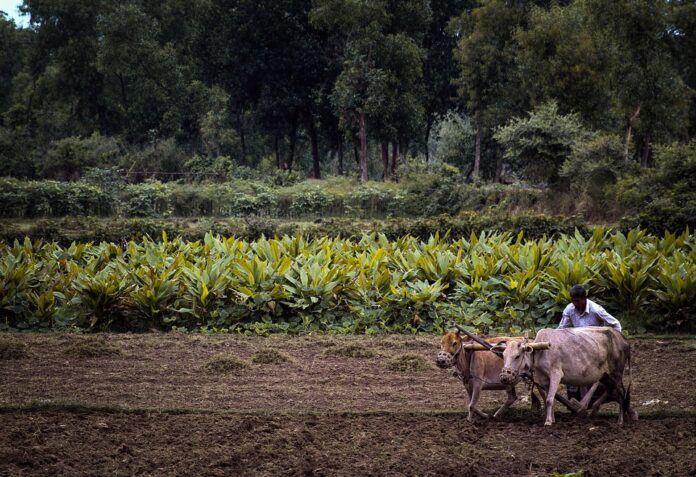The Impact of Tilling on Soil Microbiome and Long-Term Fertility
Introduction
When it comes to agriculture, tilling has been a common practice for centuries. Farmers till their fields to break up the soil, remove weeds, and prepare the land for planting. However, recent research has shown that tilling can have a significant impact on the soil microbiome and long-term fertility of the soil.
Understanding Soil Microbiome
The soil microbiome refers to the community of microorganisms that live in the soil. These microorganisms play a crucial role in soil health, as they are responsible for nutrient cycling, decomposition of organic matter, and the suppression of plant pathogens. The soil microbiome includes bacteria, fungi, protozoa, and other microorganisms.
When soil is tilled, it disrupts the soil structure and can have a negative impact on the soil microbiome. Tilling breaks up the soil aggregates, which are important for providing habitat and protection for soil microorganisms. This disruption can lead to a decrease in microbial diversity and abundance, which in turn can affect soil fertility.
Effects of Tilling on Soil Fertility
Tilling can have both short-term and long-term effects on soil fertility. In the short term, tilling can increase the availability of nutrients by breaking down organic matter and releasing nutrients into the soil. However, this can also lead to the loss of soil organic matter, which is important for soil structure and fertility.
In the long term, tilling can lead to soil compaction, erosion, and a decrease in soil organic matter. This can result in reduced water infiltration, increased runoff, and decreased soil fertility. Additionally, tilling can disrupt the symbiotic relationships between plants and soil microorganisms, such as mycorrhizal fungi, which are important for nutrient uptake by plants.
Alternative Farming Practices
In recent years, there has been a growing interest in alternative farming practices that aim to reduce or eliminate the need for tilling. No-till farming, for example, involves planting crops without disturbing the soil through tilling. This practice helps to preserve soil structure and the soil microbiome, leading to improved soil health and fertility over time.
Cover cropping is another alternative practice that can help improve soil health without the need for tilling. Cover crops are planted between cash crops to protect the soil from erosion, improve soil structure, and provide habitat for beneficial soil microorganisms. These practices can help to maintain soil fertility and reduce the negative impacts of tilling on the soil microbiome.
Financial Implications
The adoption of alternative farming practices, such as no-till farming and cover cropping, can have financial implications for farmers. While these practices may require initial investments in equipment and training, they can lead to long-term cost savings by reducing the need for tillage equipment, fuel, and labor. Additionally, improved soil health and fertility can result in higher crop yields and reduced input costs for fertilizers and pesticides.
According to industry data, farmers who have transitioned to no-till farming have reported increased profits and improved soil health over time. Studies have shown that no-till farming can increase crop yields by up to 10% while reducing input costs by 20% or more. These financial benefits, combined with the environmental advantages of alternative farming practices, make them an attractive option for farmers looking to improve soil health and long-term sustainability.
In conclusion, tilling can have a significant impact on the soil microbiome and long-term fertility of the soil. By understanding these effects and adopting alternative farming practices, farmers can improve soil health, increase crop yields, and reduce input costs. The financial implications of transitioning to alternative practices should be carefully considered, as they can lead to long-term profitability and sustainability for farmers.




